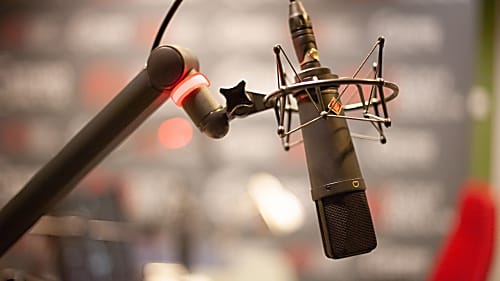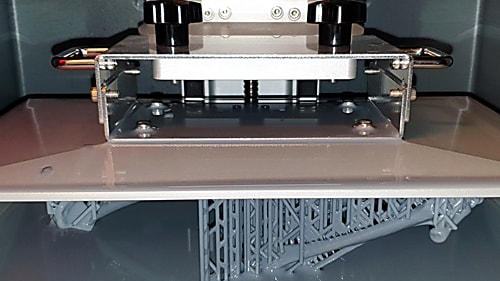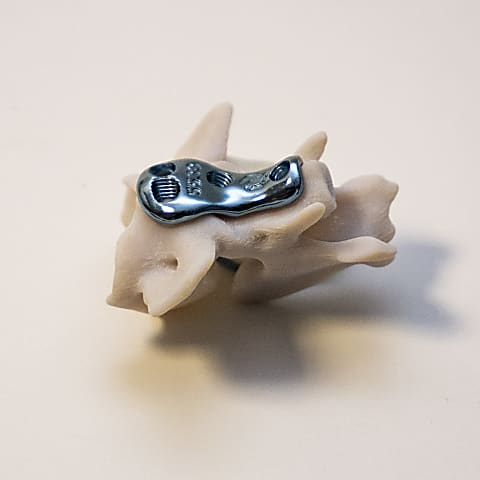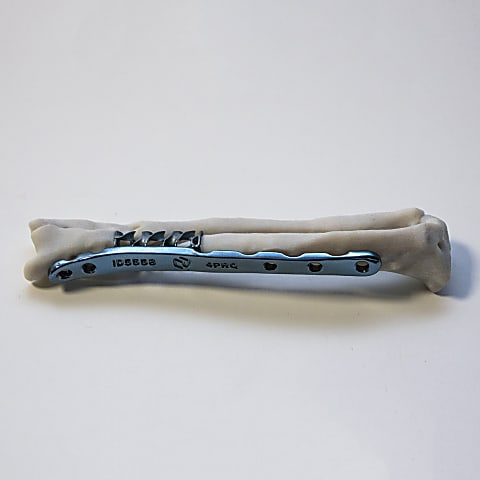There is no doubt anymore that 3D technology offers revolutionary opportunities in veterinary medicine as well.
The need for more effective treatment of diseases and safer procedures increasingly requires the adoption of new tools and methods.
Currently, many professionals are just beginning to explore this opportunity, but with the rapid advancement of technology, it’s time to ask: How can you integrate this into your daily practice?
What Challenges Does 3D Technology Present?
3D design and printing require specialized expertise, as designing 3D models and producing them physically is not as simple as it might seem.
You will need the following knowledge and skills:
- Interpreting DICOM files and converting them into high-quality, detailed 3D models requires deep professional expertise;
- Up-to-date knowledge of 3D printing technologies and the materials used;
- Proficiency in 3D design software and print preparation programs;
- Professional operation of 3D printers;
- An engineering mindset to ensure that the finished product performs its function flawlessly.
These challenges can discourage many veterinarians from adopting the technology.
How Does LimesVet Provide a Solution for Veterinarians?
Service centers that make the advantages of 3D technology accessible to veterinarians—without requiring their own resources—are becoming increasingly common worldwide. LimesVet is one such center.
We have designed our services to offer comprehensive support in personalized treatment, with a special focus on the opportunities offered by 3D technology.
The Advantages of 3D Visualization in Planning and Analysis
- A specific problem can be visualized in detail and from multiple angles through 3D modeling.
- The affected anatomical region can be rotated virtually and examined from every side.
- Models can be enlarged, allowing even minor abnormalities to be accurately represented and observed.
- Animations can illustrate the entire process.
- The completed models are reviewed by the professional team and, if necessary, labeled with the names of the anatomical structures.
This solution is particularly useful for:
- Visualizing tumors and their relevant surrounding structures;
- Orthopedic deformities and bone injuries;
Spinal, cranial, and brain surgeries.
3D-Printed Anatomical Models for Thorough Surgical Preparation
Based on virtual models, physical models can be produced in a 1:1 ratio or in other scales.
These printed models are useful for surgical planning and practice.
They allow the veterinarian to safely rehearse the specific surgical situation using a model that accurately reflects the animal's anatomy.
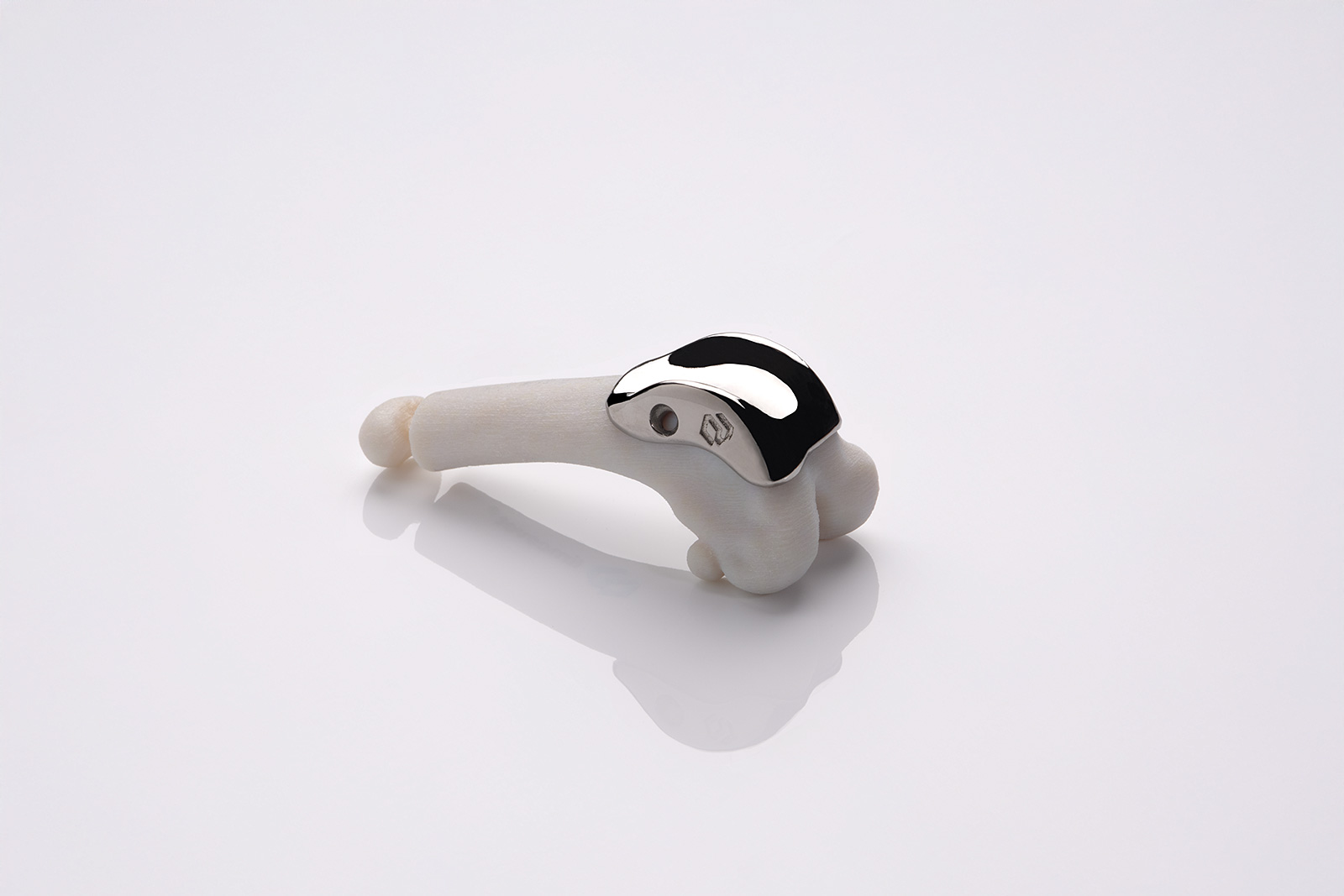
Custom Surgical Guides and Medical Metal Implants
We also offer custom-designed surgical drill and cutting guides for specific cases, which:
- Increase surgical precision;
- Enhance the safety of the procedure;
- Speed up the surgical process.
Additionally, we design and manufacture custom medical implants for limb, spine, and skull surgeries, significantly improving the quality of life of the affected small animals.
In What Cases Can We Help?
LimesVet solutions are applicable in any case where CT or MRI scans are available—these are essential for planning, visualization, and production.
We specifically recommend it in cases of:
- Patellar luxation;
- Limb deformities;
- Various spinal and cranial conditions,
where individual-specific solutions can be more effective than traditional treatment methods.
How Does Collaboration with LimesVet Work?
Let’s illustrate the process through an implant order:
- Contact: Get in touch with us through one of our contact channels or submit your case via our website!
- Professional consultation: We evaluate the submitted data and clarify the specific requirements.
- 3D model creation: Based on the submitted CT or MRI scans, we create the 3D models. The models are shared through an online platform along with the case identification number, which will be used in all future communication and invoicing.
- Approval process: If the model is approved, we produce the physical anatomical models and design the surgical guides, which are manufactured after your approval.
- Implant design and production: The implant design is also presented, and following your approval, we manufacture the implant.
- Delivery and Support: We’ll send the complete package via courier, which includes:
- The products;
- User instructions;
- Disinfection guidelines.
We are available to support you at any point during the process.
Make Your Surgeries Safer with LimesVet!
If you want to take advantage of 3D technology in your practice, contact us today!
Request a personalized offer and join the veterinarians who have already made their surgeries safer, more precise, and more effective with LimesVet solutions.



